
Toyota RAV4 Estate review
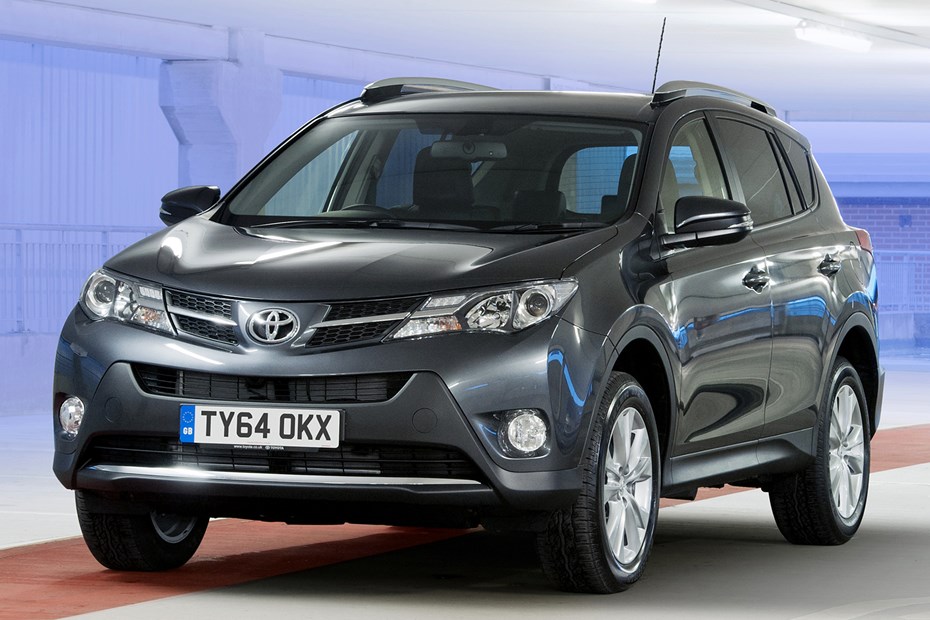
At a glance
| Price new | £22,795 - £35,120 |
|---|---|
| Used prices | £4,206 - £18,790 |
| Road tax cost | £25 - £335 |
| Insurance group | 22 - 34 |
Get an insurance quote with

|
|
| Fuel economy | Not tested to latest standards |
| Range | 515 - 792 miles |
| View full specs for a specific version | |
Available fuel types
Petrol
Diesel
Hybrid
Pros & cons
- Good reliability record
- Decent resale values
- Not as stylish as rivals
- Interior is a little dull
Toyota RAV4 (13-19) rivals
Overview
The first generation of the Toyota RAV4 created a new compact sector back in 1994 and this fourth generation will have to be at its best given that it has at least 20 competitors including the Honda CR-V, the VW Tiguan and the Ford Kuga to name but a few.
Read about the 2018 Toyota RAV4 here
This new version of the RAV4 is sleeker and more eye-catching than before. It is longer and wider but also lower, giving it a sportier appearance.
Bigger boot space
Thanks to the longer dimensions, the RAV4 has an increased capacity when it comes to loadspace. With the seats in place the RAV4 has a maximum space of 547 litres while an extra 49 litres have been added to the compartment underneath the load area, taking capacity up to 100 litres and making it much more usable.
Engine line-up
The sole petrol engine available is the 149bhp 2.0-litre unit mated to a CVT automatic gearbox. This version emits 167g/km of CO2 and comes in all-wheel drive only.
Two diesel engines are on offer. There’s a 122bhp 2.0-litre unit mated to a manual six-speed ’box on the front-wheel drive version or there’s a more powerful 148bhp 2.2-litre engine, available with four-wheel drive only. It can be combined with either a six-speed manual gearbox or you can opt for a six-speed automatic transmission.
The most popular engine is likely to be the 122bhp 2.0-litre diesel in the two-wheel drive RAV4. With average fuel consumption of 57mpg it is the most frugal engine in the range and also has the lowest CO2 emissions, at 127g/km, which puts it into road tax band D.
Driving modes
Toyota has aimed to improve the RAV4’s driving dynamics by adding a high-speed management system only available on the four-wheel drive models. The clever kit has two selectable modes, Normal and Sport. When in Normal mode (the default setting) power is transferred to the rear wheels when the front wheels are slipping or when the car loses traction while cornering.
Engage the Sport mode and the power starts to be transferred to the rear wheels from the moment you turn the steering, with 10% of the power going to the rear wheels.
However, if the car does not turn enough when driving through a corner (so-called understeer) the system will transfer up to 50% of the power to the rear wheels, helping to tighten the car’s line further still.
The Sport switch also modifies key elements of the car: the steering assistance is reduced, throttle response is sharpened and the CVT or automatic gearbox operates with higher revs for a sportier experience.
There’s also a 4WD lock button to be used when driving off-road. This allows a front/rear 50:50 power distribution at speeds up to 25mph for greater traction. Above 25mph the car automatically reverts to the normal driving mode.



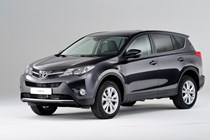

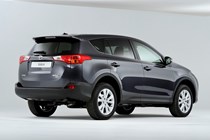

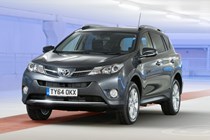
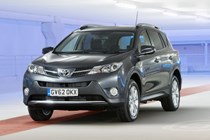
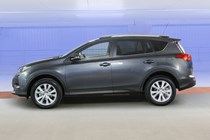
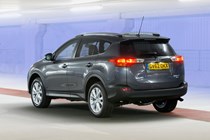
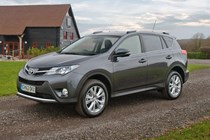
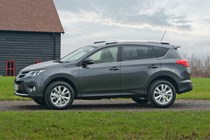
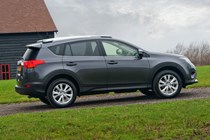
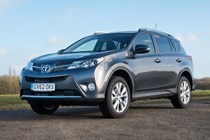
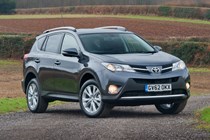
.jpg)
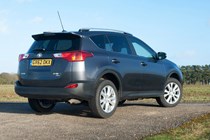
.jpg)
.jpg)
.jpg)
.jpg)
.jpg)
.jpg)
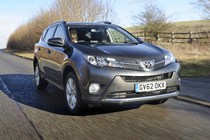
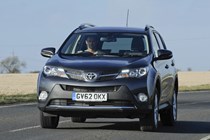
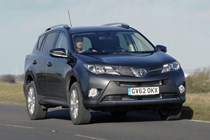
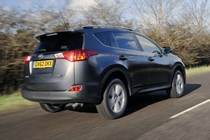
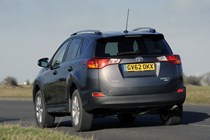
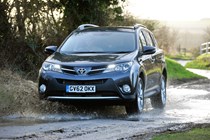
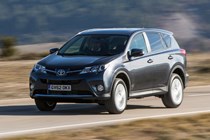
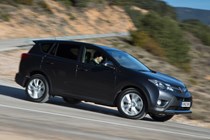
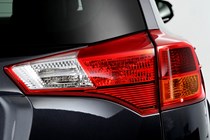

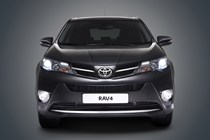
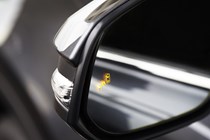
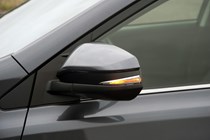
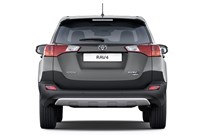
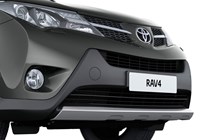
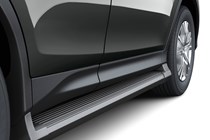
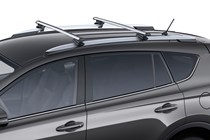
.jpg)

.jpg)
.jpg)
.jpg)
.jpg)
.jpg)
.jpg)
.jpg)
.jpg)
.jpg)
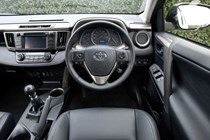


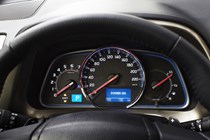


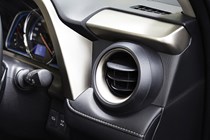
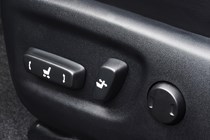


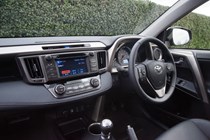

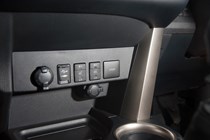

.jpg)
.jpg)
.jpg)
.jpg)
.jpg)
.jpg)
.jpg)
.jpg)
.jpg)
.jpg)
.jpg)
.jpg)
.jpg)
.jpg)
.jpg)
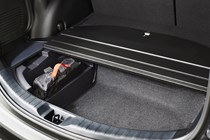
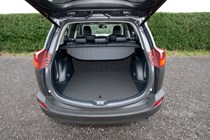
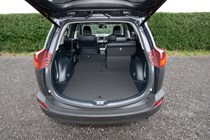
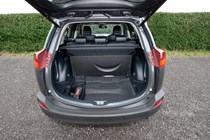

.jpg)
.jpg)
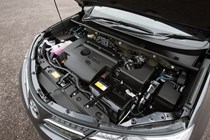
.jpg)
.jpg)
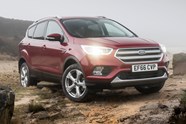

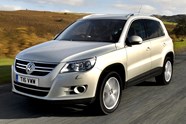














.jpg?quality=50)

.jpg?quality=50)
.jpg?quality=50)
.jpg?quality=50)
.jpg?quality=50)
.jpg?quality=50)
.jpg?quality=50)

















.jpg?quality=50)

.jpg?quality=50)
.jpg?quality=50)
.jpg?quality=50)
.jpg?quality=50)
.jpg?quality=50)
.jpg?quality=50)
.jpg?quality=50)
.jpg?quality=50)
.jpg?quality=50)














.jpg?quality=50)
.jpg?quality=50)
.jpg?quality=50)
.jpg?quality=50)
.jpg?quality=50)
.jpg?quality=50)
.jpg?quality=50)
.jpg?quality=50)
.jpg?quality=50)
.jpg?quality=50)
.jpg?quality=50)
.jpg?quality=50)
.jpg?quality=50)
.jpg?quality=50)
.jpg?quality=50)





.jpg?quality=50)
.jpg?quality=50)

.jpg?quality=50)
.jpg?quality=50)